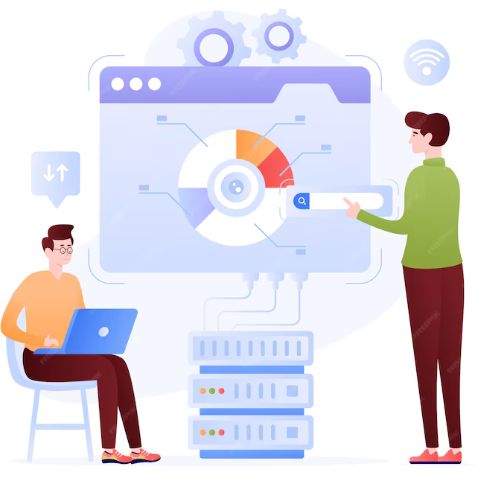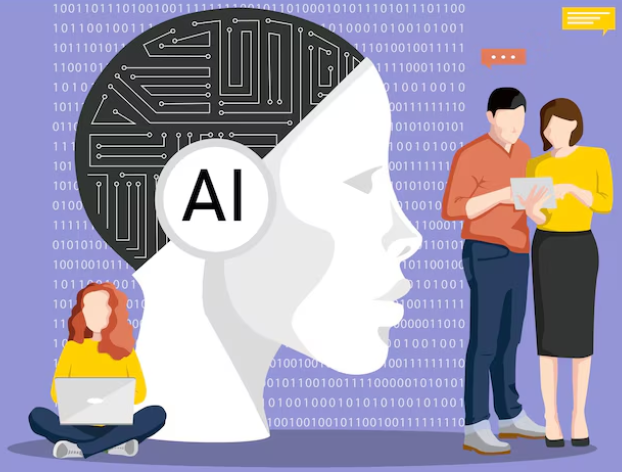Digital Twin Technology In Construction
The construction industry traditionally relies on physical prototypes and static models for project planning. While these methods have served their purpose, they often lack the flexibility and adaptability needed to optimize complex projects. Digital twins, emerging as a powerful construction technology, offer a revolutionary approach. By creating a virtual replica of a physical project, digital twins enable enhanced project simulations, leading to improved design optimization, risk mitigation, and efficient construction workflows.
Understanding Digital Twins
A digital twin is a virtual representation of a physical asset, process, or system. In the context of construction, it’s a dynamic computer model that mirrors the real-world construction project, including:
Benefits of Digital Twins for Project Simulations
Enhanced Design Optimization
Digital twins allow designers to test various design iterations virtually, optimizing layouts, material usage, and structural integrity before breaking ground.
Improved Risk Mitigation
Simulations can predict potential risks like weather delays, material shortages, or scheduling conflicts, allowing proactive mitigation strategies to be developed.
Efficient Construction Planning
Construction sequencing, logistics, and resource allocation can be optimized by simulating various construction workflows within the digital twin.
Enhanced Collaboration
All project stakeholders, from architects to engineers and contractors, can interact with the digital twin, fostering communication and collaboration.
Reduced Construction Costs
By identifying and addressing potential issues before construction begins, digital twins can help minimize rework and associated cost overruns.
Applications of Digital Twins in Construction
Digital twins are finding applications across various aspects of construction projects:
Building Design and Optimization
Construction Planning and Scheduling
Logistics and Resource Management
Facility Management and Maintenance
Challenges of Implementing Digital Twins
The Future of Construction Simulations
Digital twins are transforming project simulations from static models to dynamic virtual environments. As technology advances, we can expect:
Improved Data Integration and Analytics
Enhanced data integration capabilities and more powerful analytics tools will provide deeper insights from project simulations.

Increased Collaboration and Decision-Making
Digital twins will become central hubs for collaboration, allowing real-time data-driven decision making for all project stakeholders.

Integration with Artificial Intelligence (AI)
AI could be used to automate various aspects of digital twin development and extract valuable insights from simulation data.

The Future of Accounting: A Connected Ecosystem
Digital twins are revolutionizing construction simulations, enabling a more efficient and optimized approach to project planning and execution. By embracing this technology, construction companies can build smarter, reduce risks, and deliver projects on time and within budget, shaping a more efficient and sustainable future for the construction industry.
